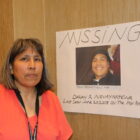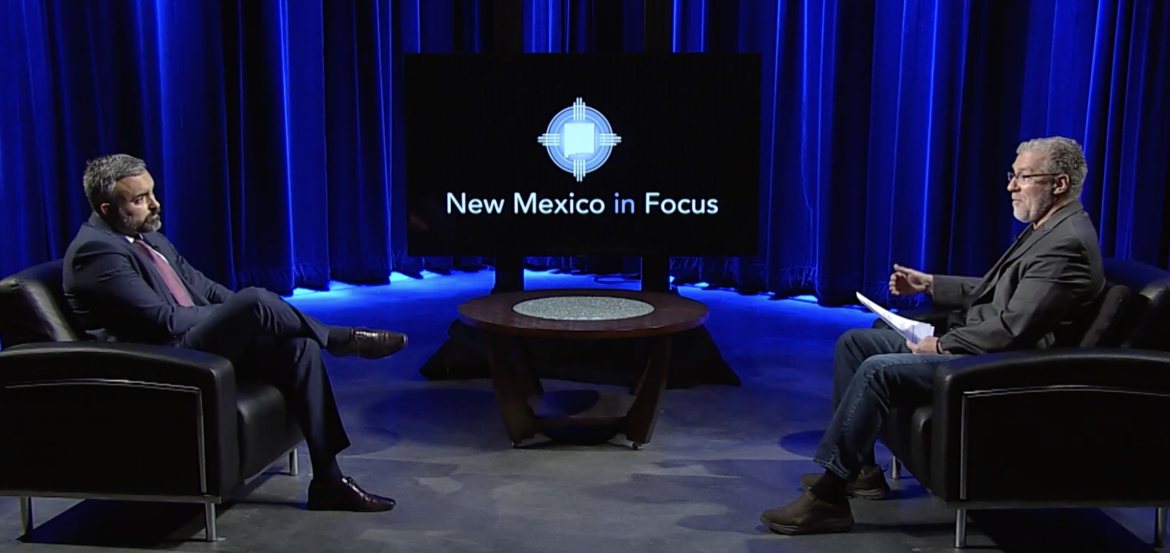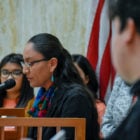Indigenous Affairs
Searching for answers at Missing in New Mexico Day
|
Darian Nevayaktewa went missing 15 years ago from northeastern Arizona. He was 19 and living in New Mexico with his mother, Lynette Pino. But it was during a summer visit to the Hopi reservation where his father lived that he disappeared after going to a gathering and never coming home.
Pino hasn’t stopped looking for answers about what happened to her son.
“We take it one day at a time and just pray that one of these days something will come out,” Pino said.
Her search brought her from Tesuque Pueblo to Albuquerque on Sunday for the second annual Missing in New Mexico Day. Nearly 200 Native Americans are missing from the state and the Navajo Nation, according to an FBI list last updated in November. While geared toward people missing from New Mexico, Pino, who also attended last year, said the event provides face-to-face conversations with law enforcement and information about resources like search and rescue teams. After winter, she hopes to be able to organize another search for her son.
Over the past decade and a half, she’s struggled to get the Bureau of Indian Affairs, which still lists her son’s case as open on its website, to communicate with her.
From unanswered calls to dismissed concerns and victim blaming, dealing with law enforcement is one of the main obstacles in getting justice for missing or murdered relatives, Indigenous families say.









